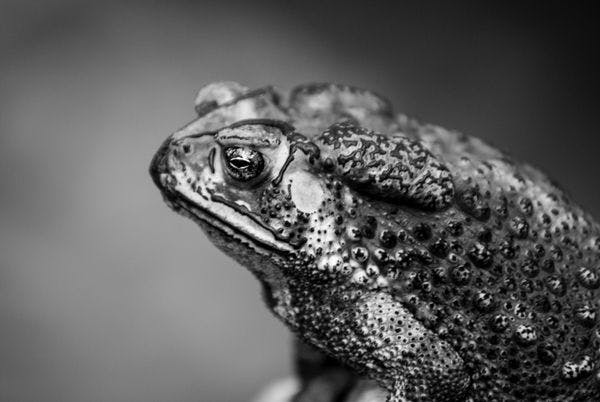Unsplash Thomas Oxford
The multifaceted names of psychoactive amphibians: from “Bufo” to Kambô
By Igor Domsac / ICEERS
Psychoactive plants and fungi are becoming more well-known, and we are beginning to hear more about amphibians whose secretions are also able to alter consciousness. The toad known as “Bufo” is increasingly being talked about in the media and online forums. The Latin nomenclature of Bufo alvarius is often used to refer to a species of toad that produces large quantities of the psychoactive substance 5-MeO-DMT within its specialized skin glands, most prominently, its parotid glands.
The toad widely referred to as Bufo alvarius has a more accurate scientific name which is Incilius alvarius. I. alvarius is a species of amphibian belonging to the Bufonidae or “True Toad” family. Its habitat spans the southwestern United States and northwestern Mexico. It is also known as the “Colorado River Toad” since it used to reside in the areas surrounding this infamous body of water. Another common name is the “Sonoran Desert Toad” because it is found in the Sonoran Desert region.
I. alvarius is of great cultural importance for the Yaqui peoples of the southern Sonoran Desert region. While this particular Indigenous group in the area where the toad resides has a longstanding kinship with the animal, smoking toad venom only became a practice in the 1980s. A spike in interest came when a widely distributed pamphlet — Bufo alvarius: The Psychedelic Toad of the Sonoran Desert by Albert Most — described the 5-MeO-DMT content of the toad’s secretions. These narratives have led to a modern practice of “smoking toad” that has become popular within the psychedelic community.
